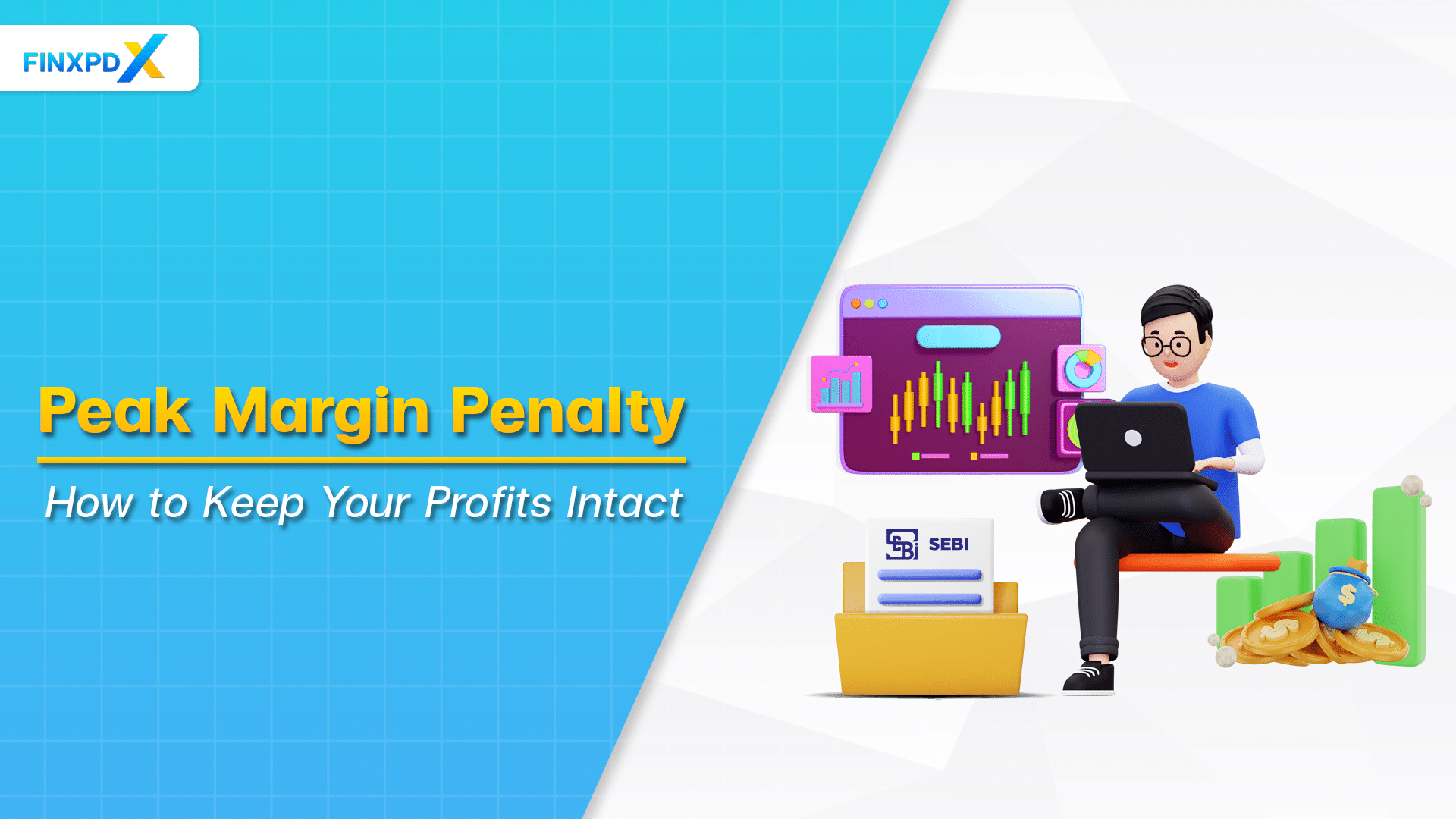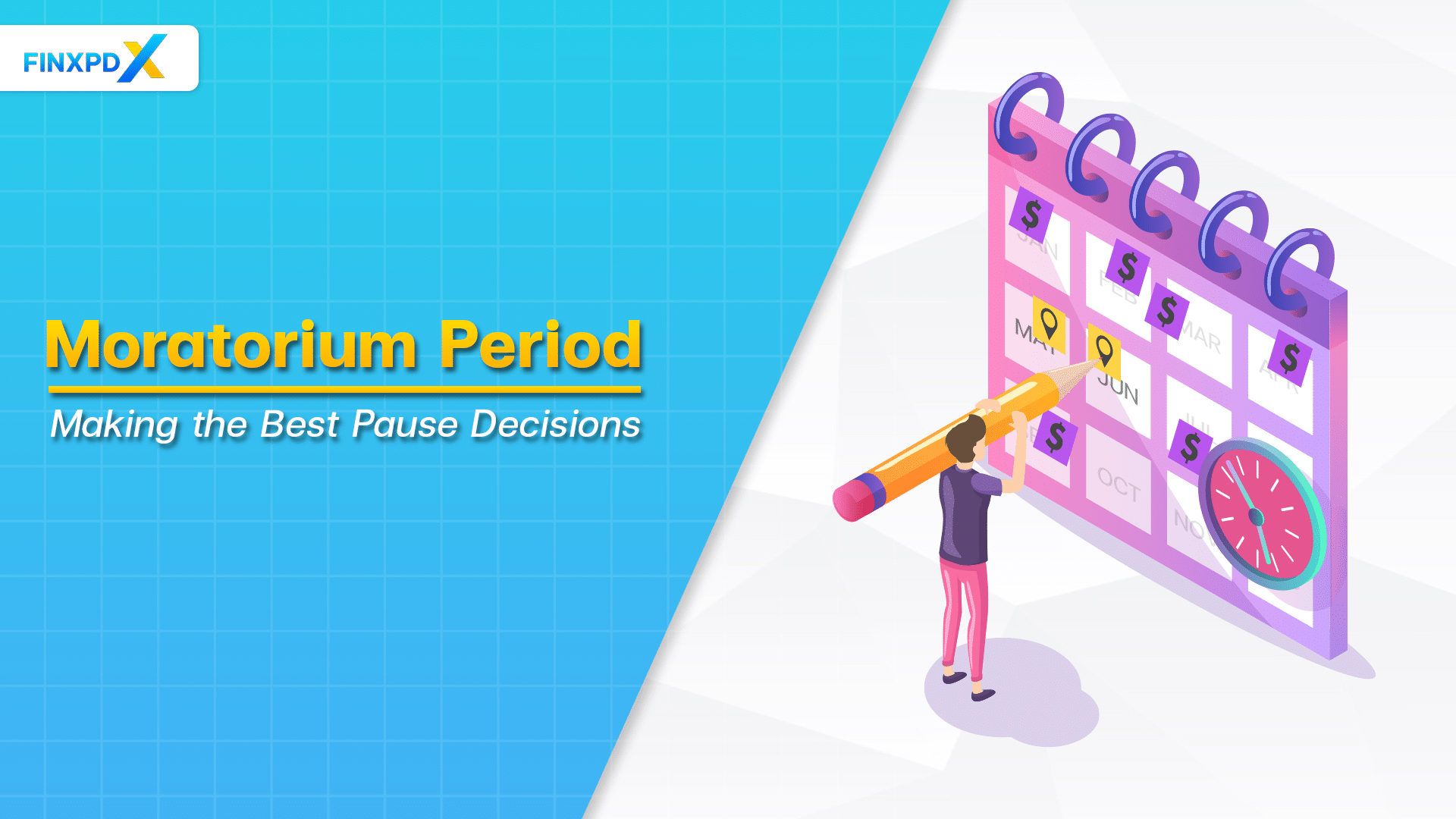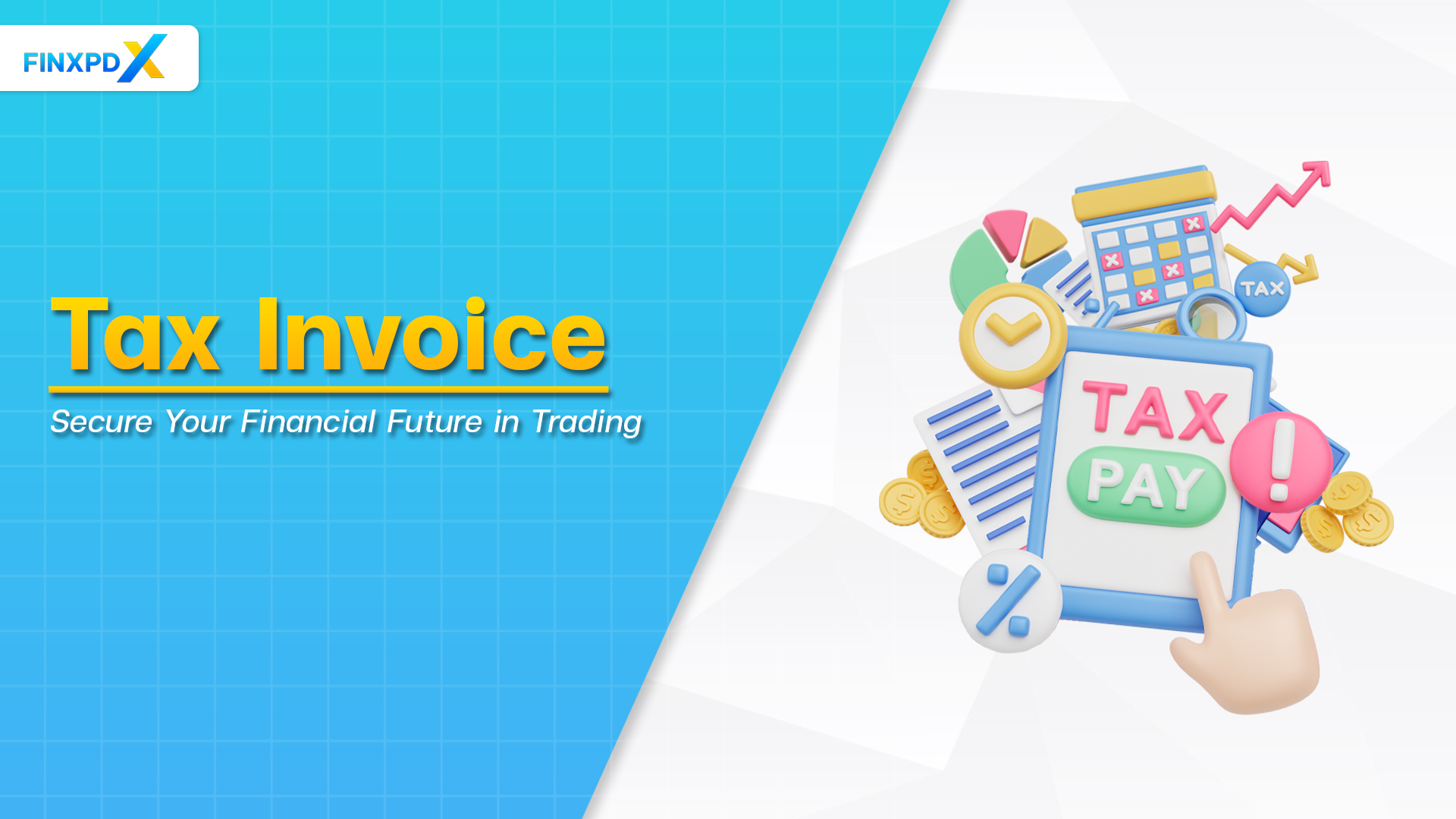In stock trading, knowing regulations and compliance is essential for traders and brokers. The Securities and Exchange Board of India (SEBI) continually updates rules to maintain fair trading and market integrity, including penalties for margin trading violations. This article will delve into the details of the peak margin penalty, its effects, and strategies for compliance.
What Is the Peak Margin Penalty?
The peak margin penalty is a charge by regulators on traders and brokers for not keeping the necessary margin in their accounts, crucial for maintaining trading positions and covering potential losses.
SEBI’s peak margin rule requires traders to maintain a specified percentage of the trade’s value as margin all day. Failure to meet this requirement at any point can lead to the imposition of a margin shortfall penalty.
Key Takeaways
- Peak margin penalty is a charge for not maintaining required margin in trading accounts.
- The penalty charges were introduced to protect the integrity of the market and reduce systemic risks.
- The penalty applies to both intraday and delivery trades across all trading segments.
- The amount is calculated based on the shortfall between the required and available margin.
- SEBI mandates brokers to collect upfront margins for all trades.
Margin Rules by SEBI
SEBI has set comprehensive margin rules to safeguard market integrity and protect investors. These rules require traders and brokers to maintain a specified amount of funds or securities as margin before executing trades. The objective is to safeguard against potential losses that may arise during trading sessions.
SEBI’s margin requirements are categorized into various types, including:
1. Upfront Margin
This includes the Value at Risk (VaR) and Extreme Loss Margin (ELM) for equity trading. VaR is a measure of the potential loss in the value of a security over a defined period for a given confidence interval, whereas ELM covers potential losses in scenarios that VaR does not encompass.
2. SPAN Margin
For derivative trading, SEBI mandates the collection of SPAN margin, which is calculated based on a standardized portfolio analysis of risk system. This system assesses the overall risk of a portfolio of derivative contracts to determine the necessary margin.
3. Exposure Margin
An exposure margin, required for derivative positions and additional to the SPAN margin, aims to cover adverse price movements.
4. Peak Margin Requirements
Peak margin requirements specify that traders must fulfill the highest margin obligation. This determination is made from four snapshots taken throughout the trading day by clearing corporations. This rule ensures that traders consistently maintain sufficient margin, not only at the start or end of the day but throughout the entire trading session.
What Triggers a Peak Margin Penalty?
A peak margin penalty is imposed when the margin in a trader’s account falls below the mandated requirement at any given moment during the trading session. Indeed, this shortfall can occur due to various reasons:
1. Inadequate Funding: A shortfall can occur if a trader’s account does not have enough funds to meet the required margin, potentially due to miscalculations or unforeseen market movements.
2. Market Volatility: Rapid fluctuations in the market can change margin requirements, whereas ELM covers potential losses in scenarios that VaR does not encompass.
3. Timing of Trades: Executing trades without proper consideration of the existing margin levels in the account can unintentionally result in a deficit.
4. Administrative Errors: Penalties can occur from mistakes in managing or updating the margin in an account, whether by the trader or the broker.
5. Intraday Margin Non-Compliance:: When SEBI increases margin requirements intraday due to increased volatility or other factors, failing to adjust to these changes can lead to the imposition of penalties.
How Does It Affect the Traders and the Broking Industry?
The imposition of peak margin penalties significantly impacts both traders and the broking industry. For traders, these penalties can lead to a direct financial loss, reducing the overall profitability of trades. Moreover, repeated infractions can attract stricter investigation and possibly trading restrictions, limiting their market participation.
On the broking side, these penalties require a more robust risk management framework and enhanced client communication strategies to ensure compliance. Brokers may need to invest in better technology and training to monitor margin requirements effectively, increasing operational costs. Additionally, the reputation of brokers can be at stake if clients frequently incur penalties, potentially affecting client retention and attracting new business.
5 Tips for Traders to Avoid Penalties
To avoid the imposition of peak margin penalties and ensure a smooth trading experience, traders can adopt several strategies. Here are five practical tips:
1. Maintain Adequate Margins: Always ensure that your account has sufficient funds to meet the margin requirements.
2. Understand the Products: Familiarize yourself with the different margin requirements of various trading instruments to understand the products.
3. Use Real-time Alerts: Set up alerts for margin levels to stay informed about your margin status in real-time.
4. Adopt Conservative Trading Strategies: Mitigate potential margin shortfalls in volatile markets by adopting conservative trading strategies.
5. Stay Informed: Ensure compliance by staying informed about any changes in margin rules by SEBI
Conclusion
The peak margin penalty is a regulatory measure enforced by SEBI to ensure that traders maintain adequate margins in their trading accounts, enhancing market integrity and investor protection. By adhering to SEBI rules, understanding the implications of peak margin penalties, and employing careful trading practices, traders and brokers can navigate the complexities of margin trading more effectively. This not only helps in avoiding financial penalties but also contributes to a more stable and transparent trading environment.
FAQs
The peak margin penalty is a charge imposed by regulatory authorities on traders and brokers who fail to maintain the required margin in their trading accounts at any point during the trading day.
SEBI, the Securities and Exchange Board of India, is the regulatory body responsible for overseeing and regulating the securities and commodity market in India, ensuring investor protection and market integrity.
The new peak margin rule requires traders to maintain a minimum margin throughout the trading day to avoid penalties.
The calculation of the peak margin penalty depends on the shortfall between the required peak margin and the available margin in the trading account, with the penalty rate varying according to the shortfall’s extent and the frequency of violations.
The peak margin penalties apply evenly to all market participants. However, specific exceptions or temporary relaxations may be granted by SEBI under extraordinary market conditions or for some categories of trades.
Related Articles:
- Forex Broker License: Vital Insights for New Entrants
- National Saving Certificate: How to Apply NSC in India
- MISA License: The Importance and How to Get
Read more: Regulations








